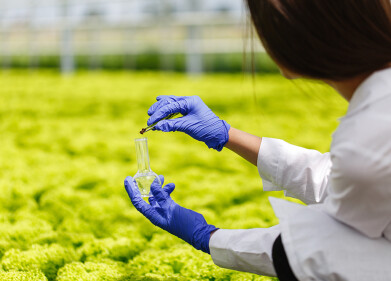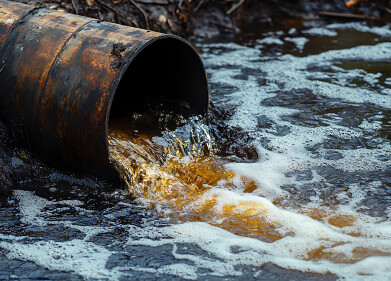PFAS Analysis
What Methods Are Used for Suspect Screening?
Jul 29 2022
According to the Environmental Protection Agency (EPA), there are currently some 86,000 chemical compounds in use around the world today, with more and more synthetic substances being introduced all the time. Many of these are contaminants of emerging concern (CECs), per- and polyfluoroalkyl substances (PFAS) and other potentially dangerous compounds about which little is known.
With such a lengthy list of chemicals at play, it’s nigh-on impossible to monitor concentrations of all of them all of the time. Of course, those known to pose the greatest threat to human and environmental health are kept under strict surveillance using targeted screening, but for all others, scientists must develop new and innovative techniques such as non-target screening (NTS) and suspect screening. Here’s a closer look at how that last particular discipline functions.
Sophisticated screening techniques
In recent years, water analysis has progressed significantly to deal with the modern-day challenges of chemical contamination. Sophisticated scientific techniques, such as high-performance liquid chromatography allied with high-resolution mass spectrometry (HPLC-HRMS), are capable of breaking down a sample into its various constituents parts.
These individual compounds are then isolated for identification using electrospray ionisation (ESI), which facilitates the suspect screening process. Finally, the compounds are identified using a suspect database, based upon the physiological properties of each. Among other characteristics, this includes their exact mass, isotopic patterns, retention time and fragmentation spectrum.
Not the usual suspects
Of course, this technique is only effective when a comprehensive and accurate database is relied upon to identify the substances in question. Depending on which research facility is conducting the investigation and in which country or jurisdiction it is based, a different database may be used. For example, the United States depend upon a database developed by the EPA which has more than 720,000 compounds.
Of course, such an astronomical number is far too high to be conducive to efficient or effective screening. As such, the researchers must whittle down the number of suspects to a more manageable tally. This will exclude the most common contaminants (which targeted screening will identify), but still isolate those of emerging concern which could pose a problem to the ecosystems around the water sample.
Gradual improvements
As more and more research is conducted, the scientific community can amass more knowledge about which contaminants pose a greater risk environmentally – as well as which are found more commonly in the natural world. They can also link these to the source of their emission, such as local industries operating in the area, for example.
This can help to better inform environmental strategies going forwards. Not only are monitoring bodies more aware of which contaminants pose a higher priority in their targeted screening processes, but policymakers can implement initiatives and protocols aimed at improving the health of local water sources.
Digital Edition
AET 28.4 Oct/Nov 2024
November 2024
Gas Detection - Go from lagging to leading: why investment in gas detection makes sense Air Monitoring - Swirl and vortex meters will aid green hydrogen production - Beyond the Stack: Emi...
View all digital editions
Events
Jan 12 2025 Abu Dhabi, UAE
Jan 14 2025 Abu Dhabi, UAE
Jan 20 2025 San Diego, CA, USA
Carrefour des Gestions Locales de L'eau
Jan 22 2025 Rennes, France
Safety, Health & Wellbeing LIVE
Jan 22 2025 Manchester, UK




.jpg)














